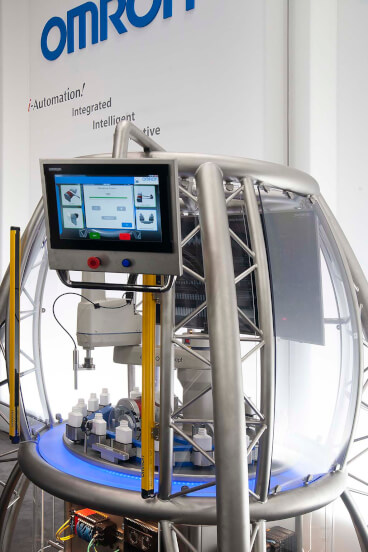Artificial Intelligence and the future of manufacturing
Veröffentlicht am 16. September 2019 in AI

Taking advantage of adaptive algorithms
As a result, it isn’t simply a matter of transferring learnt experiences from other machinery, as might be the case for mass-produced products in the consumer goods industry. The majority of mechanical engineering systems are so complex that it isn’t possible to map out the entire system mathematically (as a ‘white box’) and maintain costs at an acceptable level. A ‘black-box’ approach is often more common. The available data in these systems for typical AI algorithms is under-determined, and a reliable operation can only be confirmed through testing, optimisation and, frequently, over-dimensioning.Creating value with AI
Given these conditions, how can we design and integrate AI solutions that create tangible added value for the production process? Instead of laboriously searching a huge volume of data for patterns, in addition to the processes that are running, at Omron we tackle the issue from the opposite direction. We integrate the required algorithms into the machine control system, creating the framework for real-time optimisation — at the machine, for the machine. In contrast to edge computing, where individual manufacturing lines or sites are analysed using limited processing power, the AI controller that we use features adaptive intelligence. It’s closer to the action and learns to distinguish normal patterns from abnormal ones for each individual machine.
